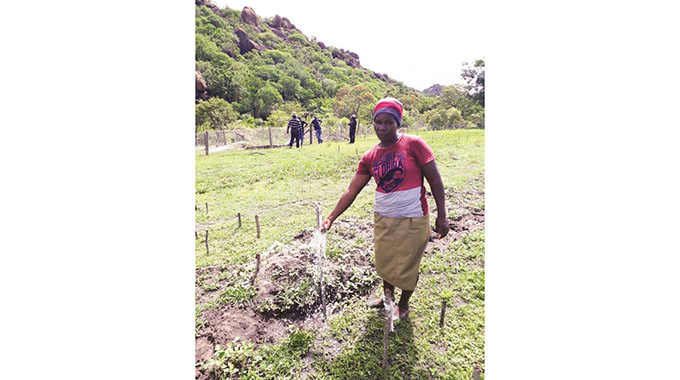Looking Back: Foreign capital flows back to Lusaka to exploit copper

The Rhodesia Herald & Financial Review, December 11, 1969
ALREADY, foreign capital is flowing back to Lusaka to exploit the new opportunities in copper.
This gives special significance to the publication of the Bill under which the Zambian Government becomes a partner in the copper industry.
Under the Bill, mineral rights on large tracts of land that have until now been the exclusive but unexploited preserve of two major copper companies, Zambian Anglo American and RST, will be thrown open to other mining companies.
Permission to prospect will be granted for four years and exploration licences — for smaller areas and more intensive development — for five years, provided that holders of the rights produce substantial capital investment, reports the Economist.
The mineral rights that are being redistributed are not within the tiny Copperbelt itself, but in outlying areas where until a few years ago, no mining company would have given much thought to prospecting. But recently, rich strikes have been made far from the Copperbelt, and RST has developed profitable mining outside it.
In hope of finds, new mining companies are rapidly appearing in Lusaka, anxious to prospect in the 4000 square miles that RST has had to abandon untouched, after 16 years, and the large areas that are being redistributed northeast of the Copperbelt.
RST itself has found 200 million tonnes of ore outside the belt which has so far been marginally uneconomic to develop.
There is just the possibility of a speculative mining situation, that of Australia’s search for nickel, as small companies stumble across rich ore bodies of copper in areas as yet unexplored.
But the Zambian Government makes it quite clear in its nationalisation Bill that it will take majority partnership in any new mines that are found, though it will pay for its share of exploration costs.
Under the new legislation, the Minister of Mines, a position held at the moment by President Kaunda, is given powers to regulate copper production (and so maintain world prices), and to enforce rationalisation and mergers where it seems necessary.
But with the Zambian Government anxious to get high profits from the mines, which make 95 percent of its foreign earnings, there will be a strong incentive not to abuse these prices.
LESSONS FOR TODAY
• Africa’s rich minerals resources have been the mainstay of its economies as each of the 55 African Union member states attained independence. Copper has been the main source of revenue for economic growth in Zambia since 1964.
• Despite fluctuations in copper prices, the metal continues to attract huge investments for Zambia, and today, there are more players: big and small, with the Copperbelt still ruling the roost.
The big producers are Barrick Lumwana, FQM Kansanshi, Mopani and KCM (Konkola Copper Mines), owned by international and local stakeholders.
• From the onset, as founding father President Kaunda was in charge of the Ministry of Mines, the Zambian Government put in place a nationalisation Bill meant to ensure that it had a stake in the copper mining industry. Today, its stake is represented by ZCCM-IH.
• The fluctuation in prices of minerals on the international market is an indicator that Africa cannot put its eggs in one basket.
There should be more sustainable products and policies, that will lift the continent out of poverty.
• More than 50 years after Independence, Africa must have smart solutions where its own citizens would inject capital and become majority shareholders in the mining industry.
For historical information contact:
Zimpapers Knowledge Centre at Herald House on:
+263 8677 004323; +263 0242 795771
E-mail: [email protected]








Comments